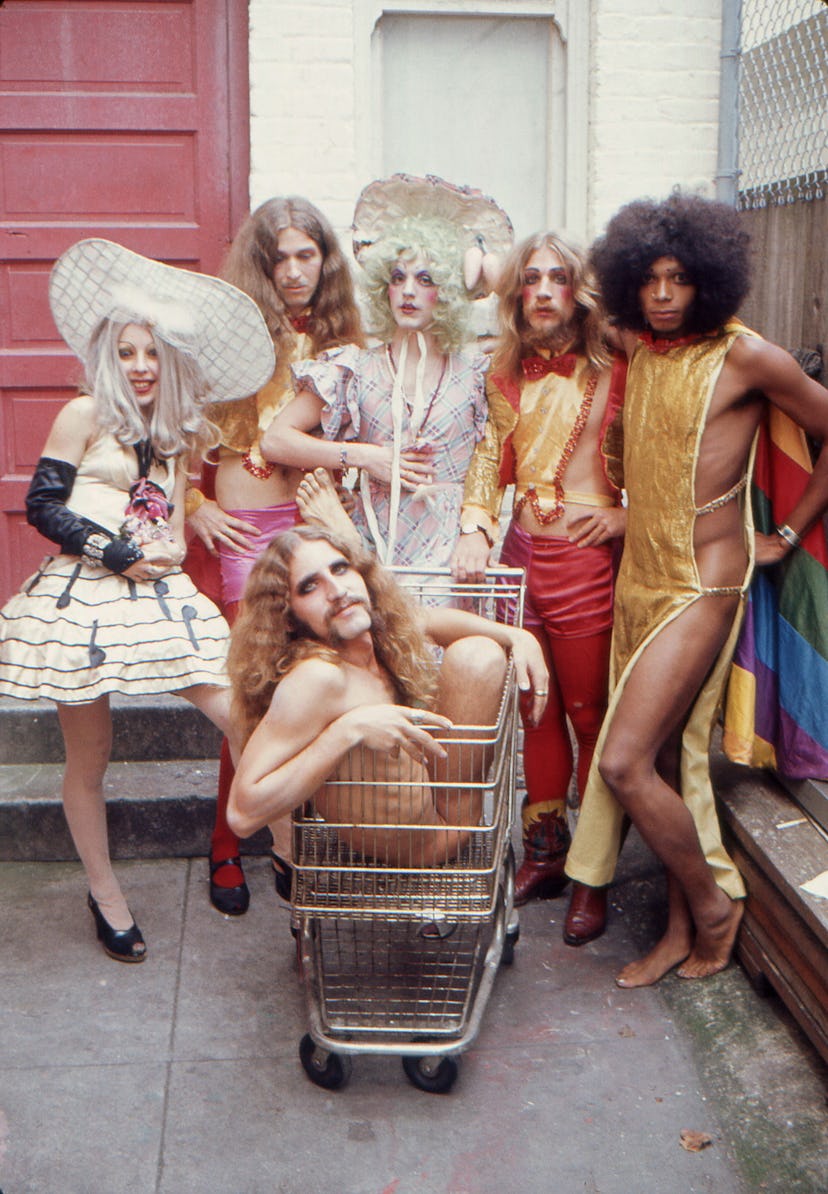Hip Hippies

“The revolution wasn’t televised, it was printed,” says Andrew Blauvelt, the curator of a new exhibition about visionary ideas in art, design, and architecture from the 1960s and early ’70s. In its exploration of counterculture, “Hippie Modernism: The Struggle for Utopia,” running October 24 through February 28, 2016, at Minneapolis’s Walker Art Center, brings together designs for alternative communities, underground publications, and student-protest posters. Many of the mind-expanding prototypes on view anticipate the themes of ecology, recycling, immersive environments, and audience participation so prevalent in the art world today. Evelyn Roth’s Family Sweater, 1974, is made from the wool of salvaged sweaters reknit into an extravagant single garment that can be worn by four people at once. Helen and Newton Harrison’s Portable Orchard, 1972–2015, fills a gallery with 18 citrus trees grown in hexagonal wooden containers. “One of the goals of the early-20th-century avant-garde was to integrate art into everyday life,” Blauvelt says. And that, he argues, is where the hippie meets the modernist.
Photos: Hip Hippies
Ira Cohen’s Jimi Hendrix, 1968. Photograph from the Mylar Chamber.
Clay Geerdes’s Untitled, 1972. Courtesy of artist.
Corita Kent’s Yellow Submarine, 1967. Photograph by Joshua White/courtesy of Corita Art Center, Immaculate Heart Community, Los Angeles.